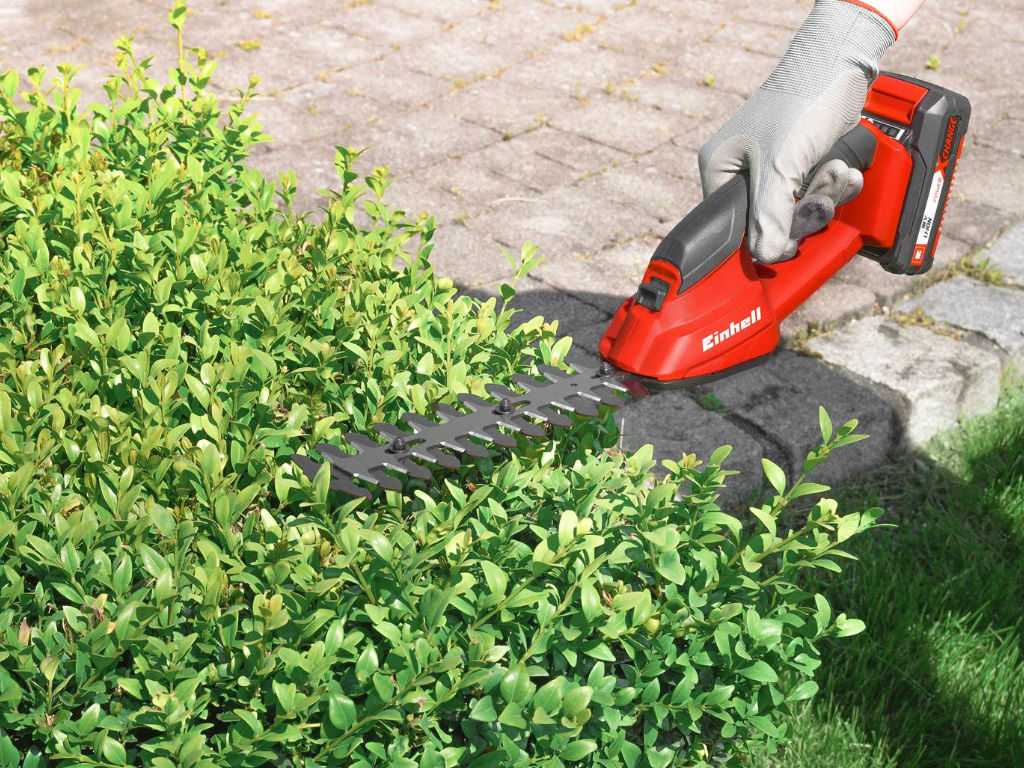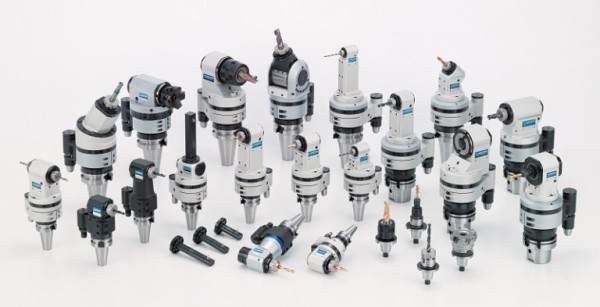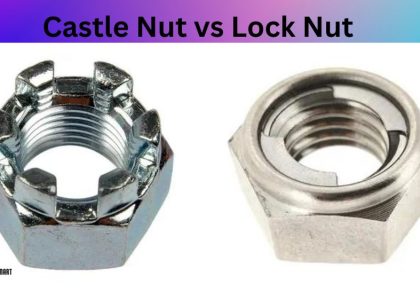Screws are fundamental components in various construction, manufacturing, and DIY projects. They come in a variety of types, each designed for specific applications. Understanding the different types of screws and their uses can significantly enhance the quality and durability of your work. This guide explores screws, answering common questions and emphasizing the importance of geotextiles in construction projects where screws are often used.

What are the main types of screws and their uses?
Screws are categorized based on their head shapes, threads, and the materials they are intended to work with. The primary types include:
- Wood Screws: Tapered shank and coarse threads for secure wood fiber grip.
- Machine Screws: Uniform diameter, used in metal and machinery, requiring a pre-tapped hole or a nut.
- Sheet Metal Screws: Sharp threads to cut into metal surfaces.
- Drywall Screws: Bugle-shaped head and sharp point, designed for securing drywall to wood or metal studs.
- Deck Screws: Corrosion-resistant with deeper threads for a strong hold in wood, used for outdoor decking.
How do you choose the right screw for your project?
Selecting the right screw involves considering several factors:
- Material: Match the screw material to the materials being joined (e.g., wood, metal, plastic).
- Length: Ensure the screw is long enough to penetrate both materials without excessive protrusion.
- Thread Type: Coarse threads for soft materials like wood and fine threads for harder materials like metal.
- Head Shape: Choose a head shape that fits the tool you will use and provides the desired finish (e.g., flat, round, pan, or bugle head).
What are the common screw head types and their applications?
Screw heads come in various shapes, each suited for specific applications:
- Flat Head: Sits flush with the surface, ideal for countersinking.
- Pan Head: Slightly rounded with a flat top, providing a good surface area for driving.
- Round Head: Fully rounded top, often used for decorative purposes.
- Bugle Head: Tapered shape similar to a flat head but with a smoother transition, commonly used in drywall screws.
- Hex Head: Hexagonal shape, often used with a wrench or socket driver for added torque.
How are screws used in construction projects involving geotextiles?
Geotextiles are permeable fabrics used in construction to enhance soil stability, provide erosion control, and promote drainage. Screws play a crucial role in securing geotextiles in various applications:
- Retaining Walls: Screws secure geotextiles to retaining structures, preventing soil erosion and improving stability.
- Road Construction: In road construction, geotextiles separate layers of materials. Screws fasten these layers securely, ensuring durability and proper drainage.
- Erosion Control: Screws anchor geotextiles in place along slopes and embankments to control erosion and maintain soil integrity.
Screws are indispensable in many projects, from simple DIY tasks to complex construction work. By understanding the different types of screws, their uses, and how to choose the right one for your needs, you can ensure the success and longevity of your projects. Additionally, when working with geotextiles in construction, screws provide essential support, enhancing the performance and stability of these materials. Whether you’re building a deck, securing drywall, or working on large-scale construction, selecting the appropriate screw is key to achieving professional results.


